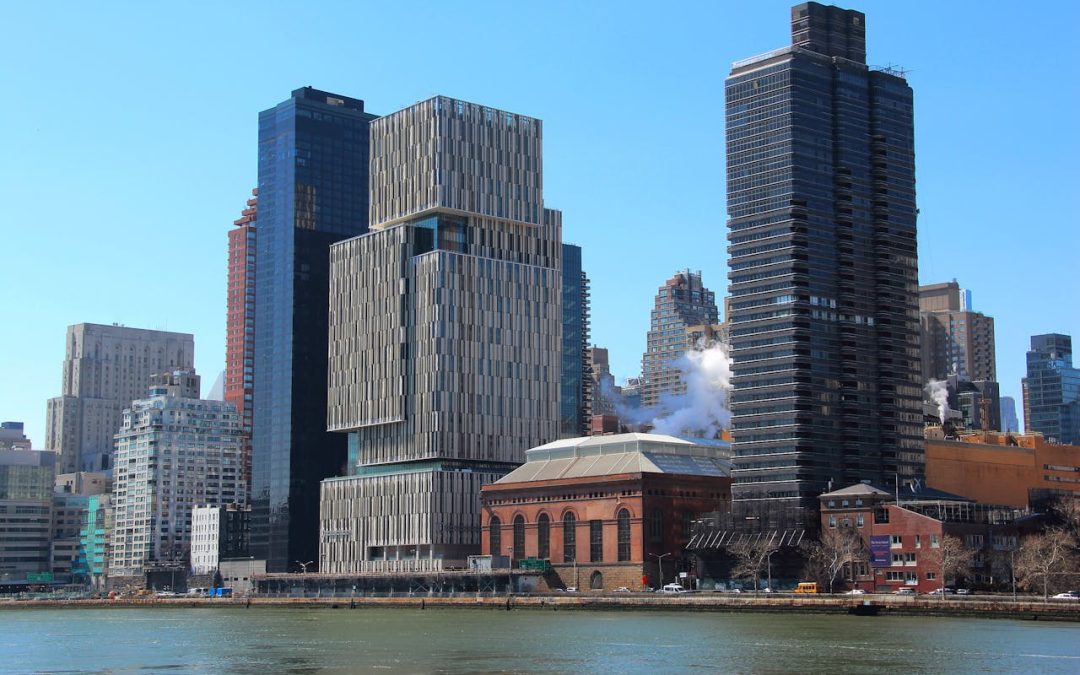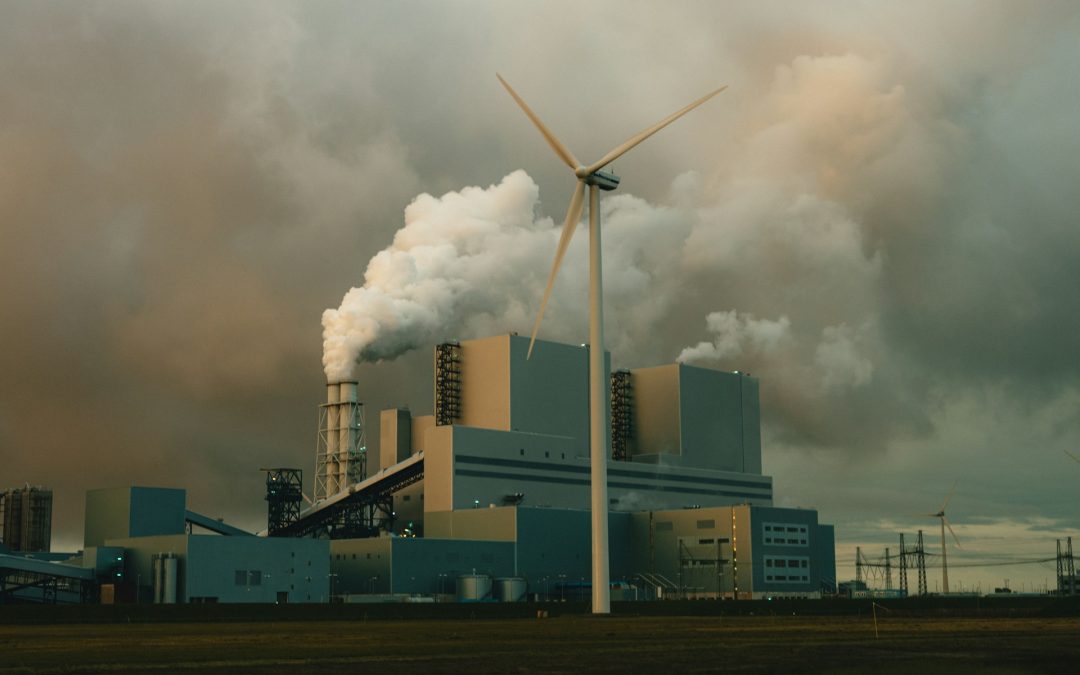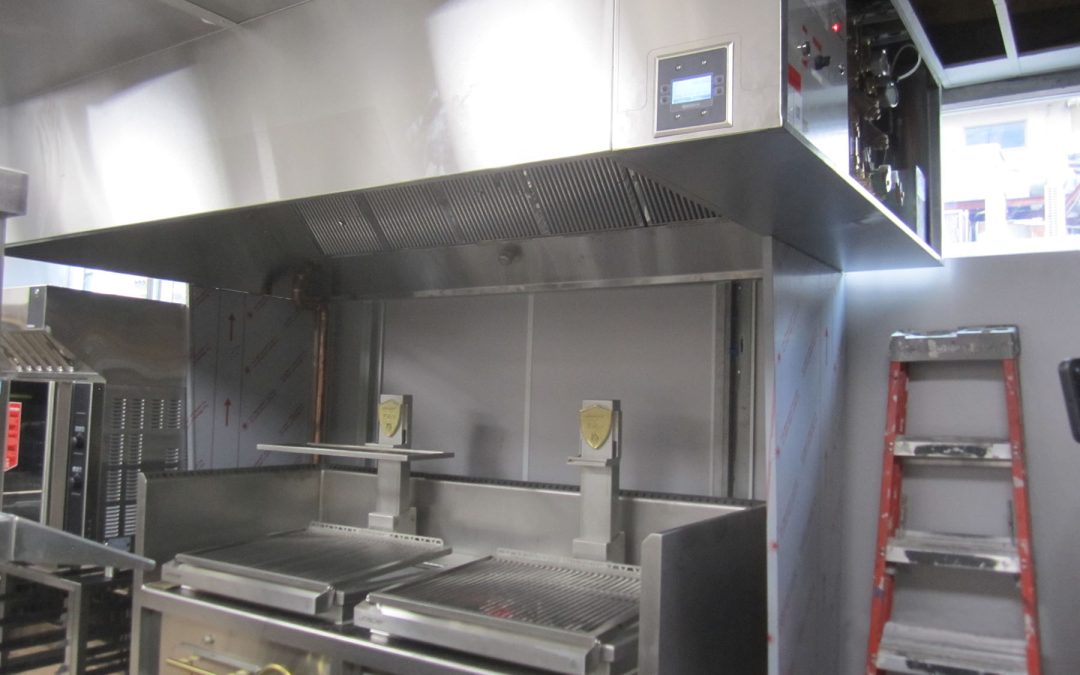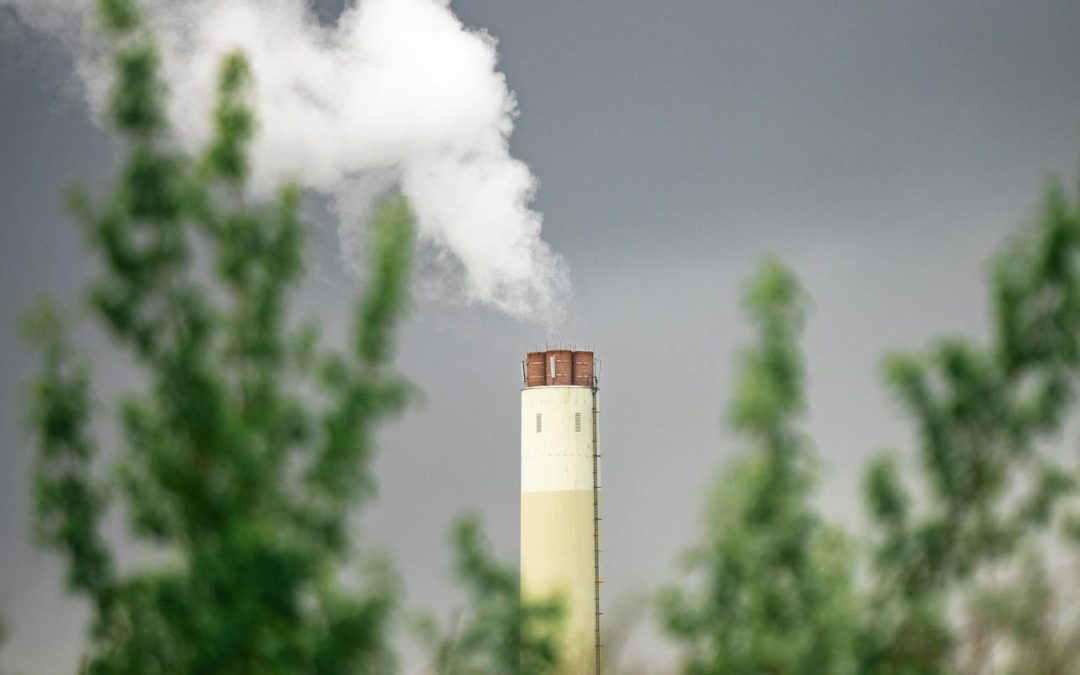
Why Convert to Electric Appliances?
A growing number of American homeowners are choosing electric appliances over traditional fossil fuel-powered options. According to a nationwide survey by the American Council for an Energy-Efficient Economy (ACEEE), the top reasons for this shift include: Increased...

Adopting A2L Refrigerants
The Environmental Protection Agency (EPA) is restricting the use, production, and consumption of hydrofluorocarbons (HFCs) with high global warming potential (GWP) within the refrigeration, air conditioning, heat pump, fire protection, foam, and aerosol sectors. Even...

Grant Funding Available for Air Pollution Reduction
The New York State Department of Environmental Conservation (NYSDEC) has declared the availability of funding for grants to reduce air pollution. The grants are overall worth $3 million. The funding will be dedicated to air pollution mitigation programs specifically...

New York State’s Community Air Monitoring Initiative
Background New York State is working to improve air quality for millions of people, as poor air quality is associated with detrimental health effects. The state’s Climate Leadership and Community Protection Act (CLCPA or Climate Act) sets many ambitious goals to...

New York State’s Cap-and-Invest Program
New York State is taking a bold step in working against climate change with the launch of its Cap-and-Invest program. This initiative is a central part of the state's broader efforts to reduce greenhouse gas emissions across all sectors of the economy and invest in a...

Required Emission Control Devices for Commercial Cook Stoves in New York City
Within the last decade, the New York City Department of Environmental Protection (NYCDEP) has taken several measures to reduce emissions of particulate matter (PM) and the resulting impact on the environment and health of residents. Local Law 38 of 2015 (LL38) amended...

Everything You Need to Know About Smoke School
This month, five Walden employees successfully completed smoke school and are ready to assist your facility with air emission compliance! Also known as opacity training, smoke school is offered year-round due to its importance nationwide. Opacity is defined as the...

Understanding Air Quality Advisories
After a brief period of unseasonably dry weather and below-average temperatures this month, less pleasant conditions have returned for the last week of August. While many may be focused on the elevated temperatures and higher humidity levels predicted in local weather...

South Fork Wind Project: Working Toward CLCPA Goals
New York is increasingly adopting clean energy strategies to meet the goals set forth in the state’s 2019 Climate Leadership and Community Protection Act (CLCPA). The CLCPA commits to 100% zero emission electricity by 2040 and sets legally binding emission reduction...

Funding Available Through Environmental and Climate Justice Community Change Grants Program
The United States Environmental Protection Agency (EPA) is offering about $2 billion dollars in Inflation Reduction Act funding available under the Environmental and Climate Justice Community Change Grants Program. The objective of the Community Change Grants Program...
